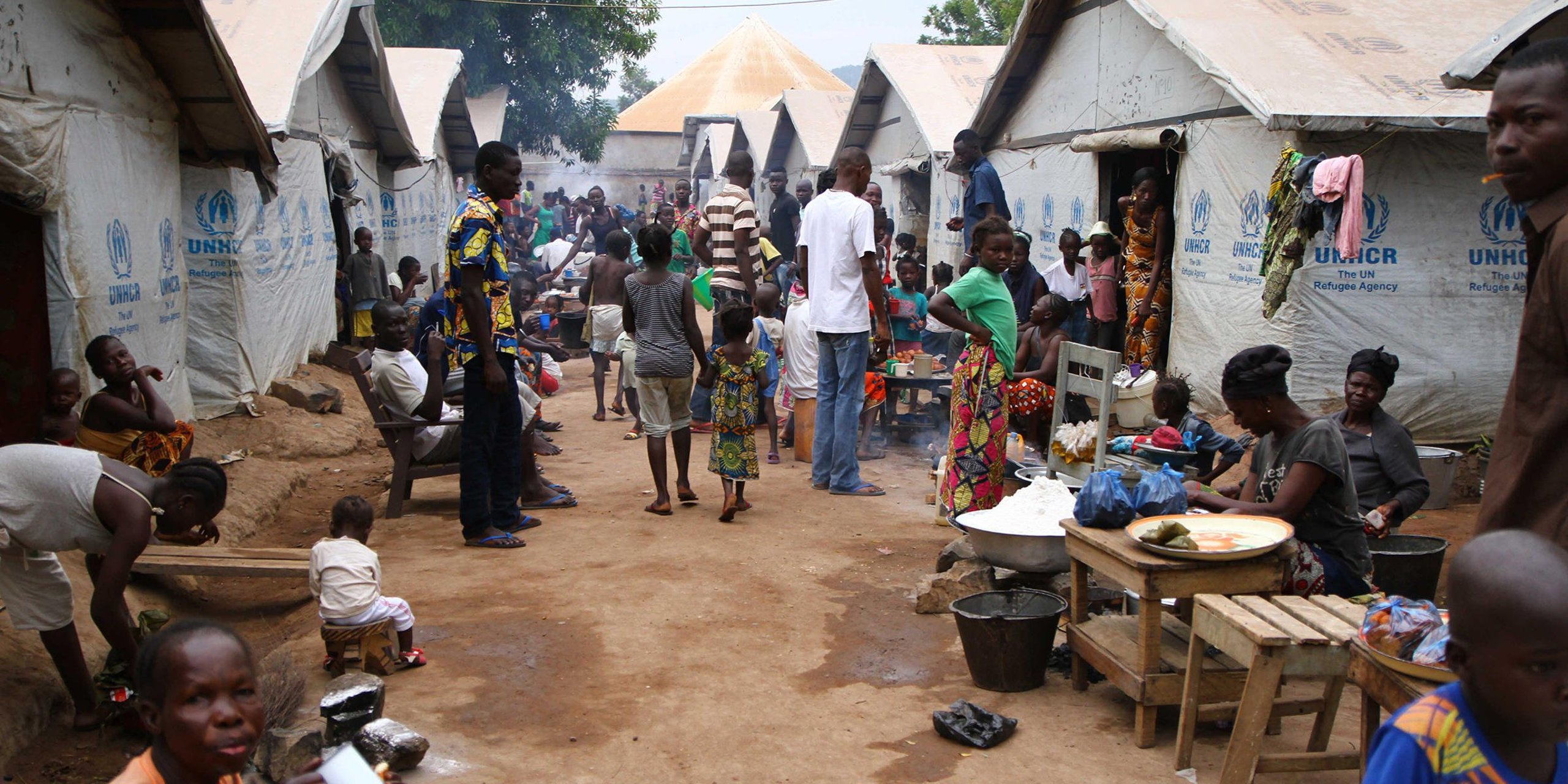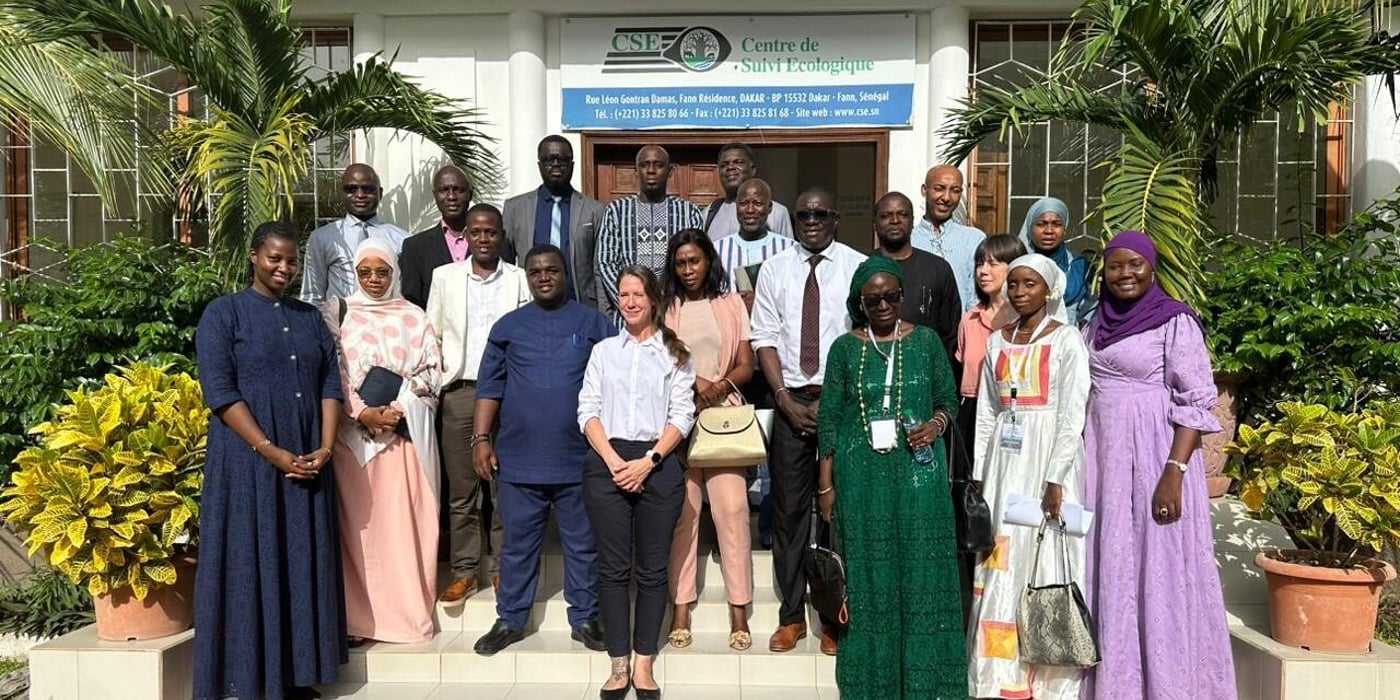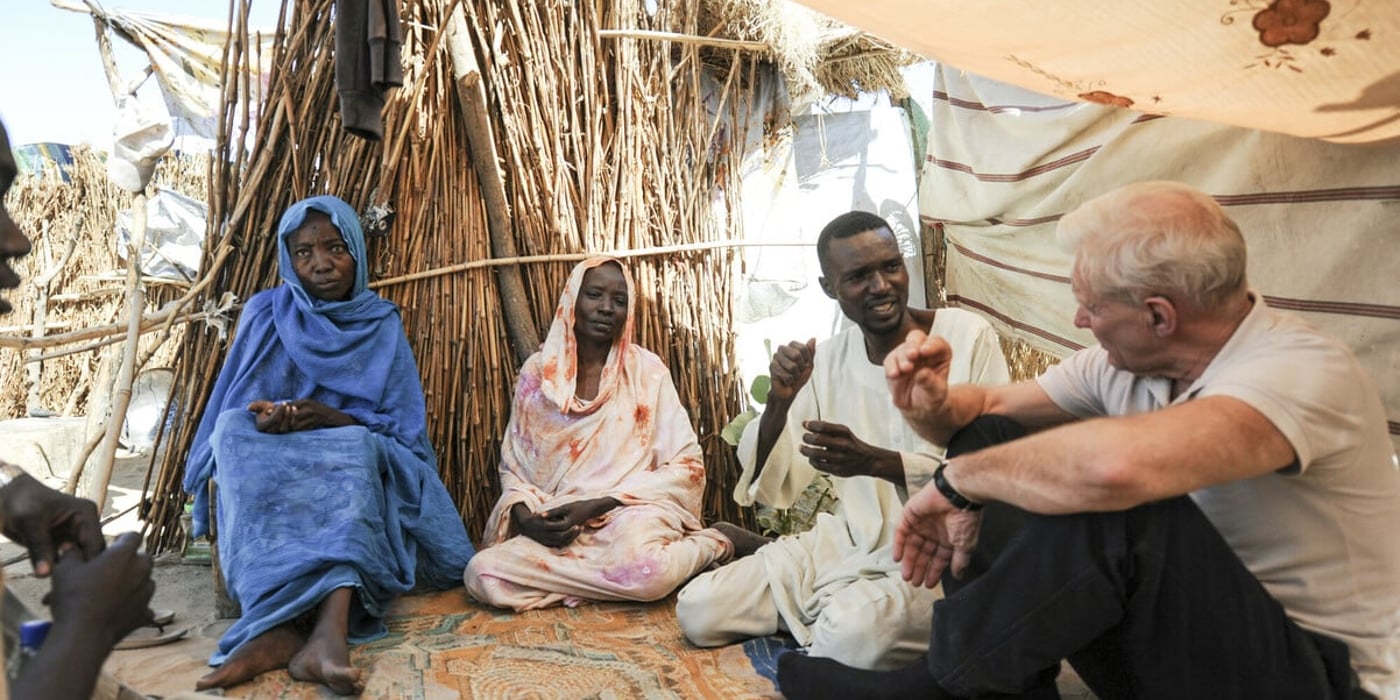
The first ever Conference of State Parties to the Kampala Convention, the world’s first and only legally binding instrument that provides for the protection of rights and provision of assistance to internally displaced people convened from 3–5 April 2017 in Harare, Zimbabwe. The meeting will adopt the framework for a Second Plan of Action for the Implementation of the Convention. Since its adoption in 2009, forty states have signed the Convention and a further twenty five have ratified it.
The Kampala Convention obliges African governments to protect the rights of people who are forced to flee their homes due to armed conflict, development induced displacement, generalized violence, human rights violations and natural or human-made disasters. This groundbreaking treaty’s effectiveness however, like other policy instruments, lies in its implementation.
“Indeed Africa has made a stride in safeguarding the rights of displaced persons, but to what extent have we utilized or implemented it to ameliorate the dire situations of internal displacement in our respective countries, regions and hence the continent. This observation lies at the heart of our endeavor here today,” said Amb. Lamine Yahiaoui in his opening statement at the conference. The Ambassador of Saharawi Arab Democratic Republic to the African Union (AU), spoke in his capacity of Chair of the AU Permanent Representative Sub-Committee on Refugees, Returnees and Internally Displaced Persons.
State Parties to the Kampala Convention are required to put in place early warning systems in areas of potential displacement, establish and implement disaster risk reduction strategies, emergency and disaster preparedness and management measures and provide immediate protection and assistance to internally displaced persons. Furthermore, State Parties are required to seek lasting solutions to displacement by promoting and creating satisfactory conditions for voluntary return, local integration or relocation on a sustainable basis in a safe and dignified manner.
“Evolving risks, needs and vulnerabilities in recurrent or protracted displacement require regular monitoring in order to adapt responses and revise resource projections. State Parties should invest in solid, disaggregated data for the timely protection of internally displaced persons,” said Ms. Yemisrach Kebede, NRC Resident Representative to the AU.
“The Norwegian Refugee Council wants to use this unprecedented opportunity to applaud the efforts of the African continent in going above and beyond in setting up an instrument to address the plight of internally displaced persons and stands ready to support the implementation efforts at the Continental level ”, she added.
Read also NRC’s briefing paper: The Kampala Convention: Make it work for women and the 2016 Africa Report on Internal Displacement.



